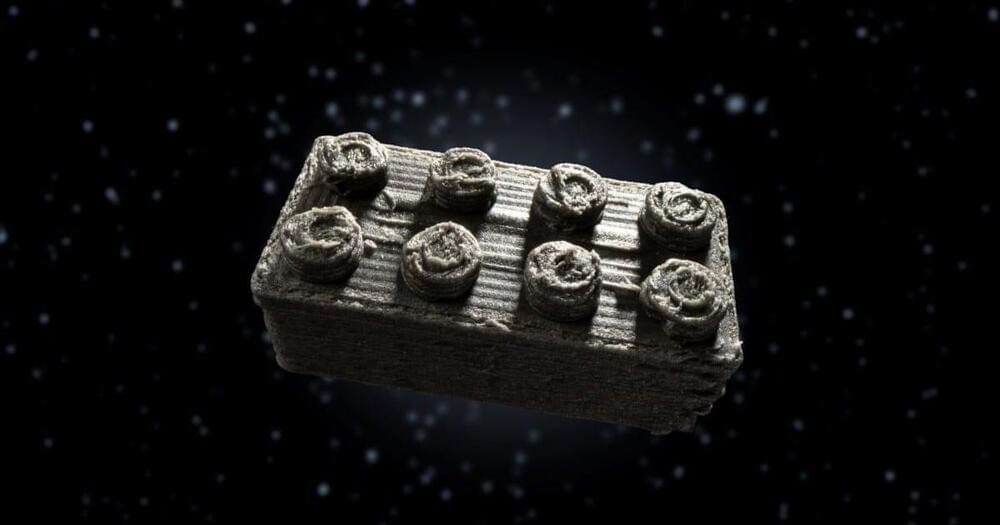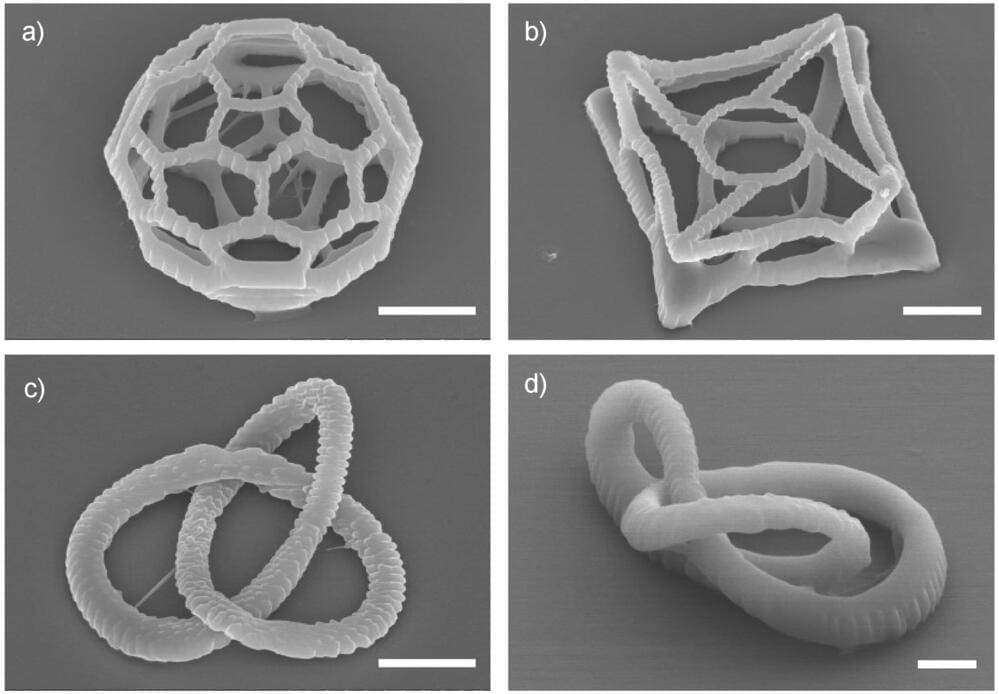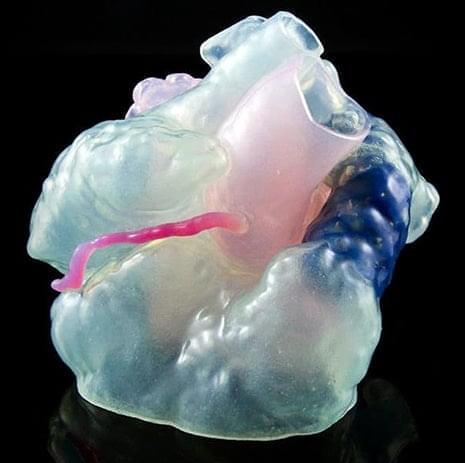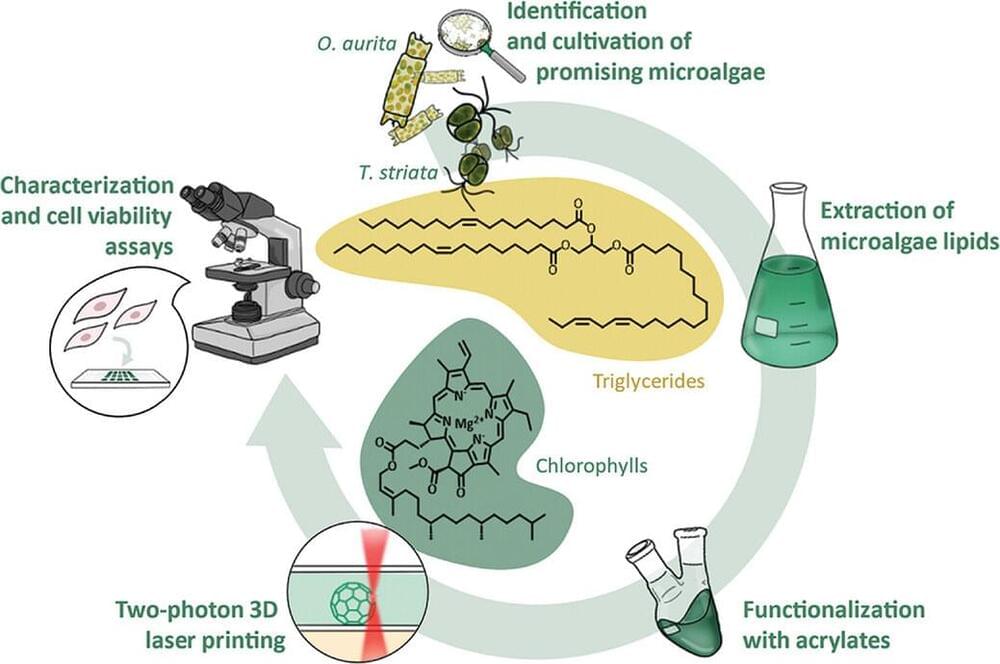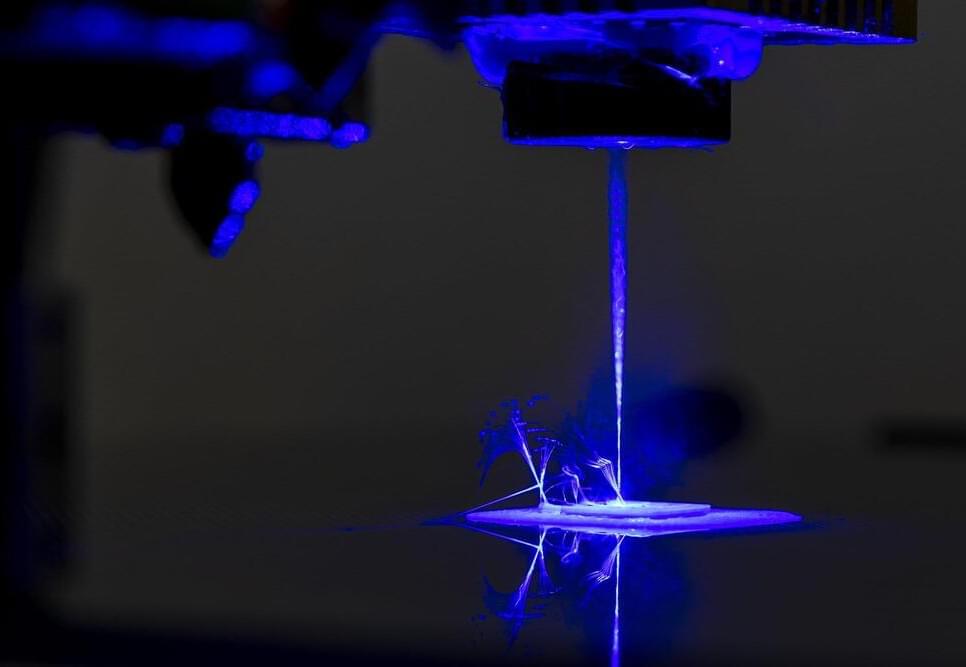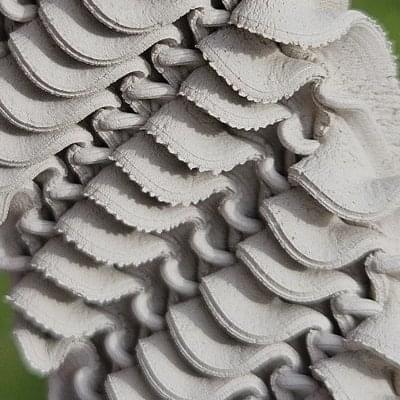Scientists at the European Space Agency have designed and 3D printed bricks that are similar to LEGO pieces and are made out of 4.5-billion-year-old meteorite dust. The pieces, called ESA Space Bricks, are part of an initiative to develop clean and sustainable buildings on the Moon that lunar settlers could live and work in. In theory, astronauts could use materials readily available on the lunar surface to build structures, launch pads, and other vital pieces of infrastructure without having to solely rely on Earth-made supplies.
But why did the scientists end up going with the LEGO-inspired design for their ESA Space Bricks? While the bricks are not currently intended to be used to construct anything on the Moon, their existence does prove to researchers that it is possible to 3D print durable interlocking building bricks out of lunar materials.
“Nobody has built a structure on the Moon, so it was great to have the flexibility to try out all kinds of designs and building techniques with our space bricks,” says ESA Science Officer Aidan Cowley. “It was both fun and useful in scientifically understanding the boundaries of these techniques.”
